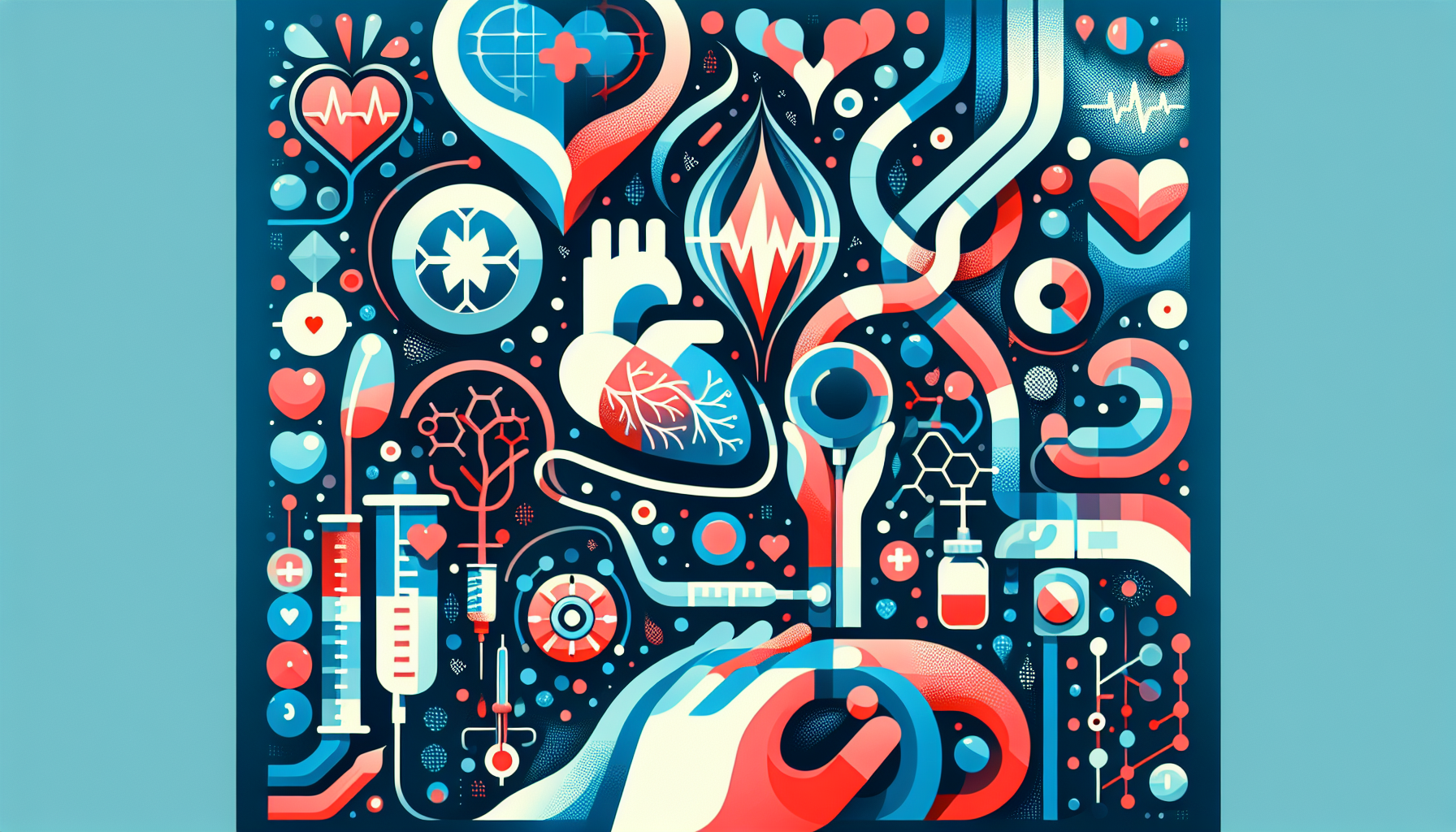Nebulizers vs. Inhalers: How Do They Compare?
Key takeawaysUnderstand the core differences between nebulizers and inhalers for respiratory treatmentLearn the advantages and disadvantages of each device for various health [...]
Read More
Medically reviewed by Hugo Benalcazar, Northwestern University on October 25th, 2023.
Acute Respiratory Distress Syndrome (ARDS) is a serious lung condition that occurs when fluid builds up in the tiny air sacs (alveoli) of the lungs, preventing oxygen from reaching the bloodstream and organs. This can lead to low oxygen levels in the body, causing organs like the kidneys or brain to malfunction or even shut down. ARDS is a life-threatening condition that requires prompt diagnosis and treatment.
ARDS is usually triggered by another health problem, and most people who develop the condition are already hospitalized for a different reason. Some common causes of ARDS include:
Sepsis (a severe infection in the bloodstream)
Accidents or injuries that damage the lungs or brain
Breathing in harmful substances like dense smoke or chemical fumes
Pneumonia
Severe bleeding requiring blood transfusions
Inflamed pancreas (pancreatitis)
Drug overdose
Near-drowning
Burns
Reactions to medications
Aspiration (breathing food into the lungs)
Certain factors may increase the risk of developing ARDS, such as:
Genetic predisposition
Heavy alcohol use
Smoking tobacco
Using oxygen for a pre-existing lung condition
Recent high-risk surgery or chemotherapy
Obesity
ARDS puts a significant strain on the lungs, and common symptoms include:
Shortness of breath
Low blood pressure
Rapid breathing and heartbeat
Cough
Fever
Chest pain, especially when breathing deeply
Confusion and exhaustion
Blue-tinted lips or nails (due to low oxygen levels)
Dizziness

There is no single test to diagnose ARDS. Instead, doctors piece together information from various sources to identify the condition and rule out other diseases with similar symptoms. The diagnostic process may include:
A thorough medical history and physical examination
Listening to the patient's breathing and heartbeat
Checking for signs of excess fluid in the body and bluish discoloration of the lips or skin
Imaging tests like chest X-rays and CT scans to assess fluid levels in the lungs
Blood tests to measure oxygen levels and check for signs of infection or anemia
Heart tests to rule out conditions like heart failure
The primary goal of ARDS treatment is to increase blood oxygen levels to ensure that organs receive adequate oxygen supply. Treatment may involve:
Oxygen therapy using an air mask or a breathing tube connected to a ventilator
Treating underlying conditions that may be causing ARDS
Providing nutrition and medication through intravenous fluids
Administering medication to prevent bleeding and blood clots
Giving medication to keep the patient calm and comfortable
Most ARDS treatment takes place in a hospital's intensive care unit. Many people make a full recovery without long-term complications.
ARDS or its treatment may lead to additional complications, such as:
Lung collapse (atelectasis) or air between the lung and chest wall (pneumothorax)
Organ damage or failure
Confusion
High blood pressure in the lungs (pulmonary hypertension)
Scarred lung tissue (pulmonary fibrosis)
Blood clots
Infection
To improve recovery after ARDS, patients should avoid smoking and drinking alcohol. Some may require prolonged ventilator support and physical therapy to regain strength. Staying up-to-date with vaccinations for COVID-19, RSV, and pneumonia, as well as getting an annual flu shot, can lower the risk of developing ARDS.
ARDS can be emotionally and physically challenging for patients and their families. Joining a support group may help in managing anxiety, stress, and depression associated with the condition.
Key takeawaysUnderstand the core differences between nebulizers and inhalers for respiratory treatmentLearn the advantages and disadvantages of each device for various health [...]
Read MoreKey takeawaysRed light therapy is being explored as a treatment to reduce cold sore symptoms and speed healing.Scientific evidence shows promising but limited results; it may [...]
Read MoreKey takeawaysBoth COPD and asthma affect breathing, but have different causes and treatment approaches.COPD is usually linked to long-term exposure to irritants like smoking, [...]
Read More